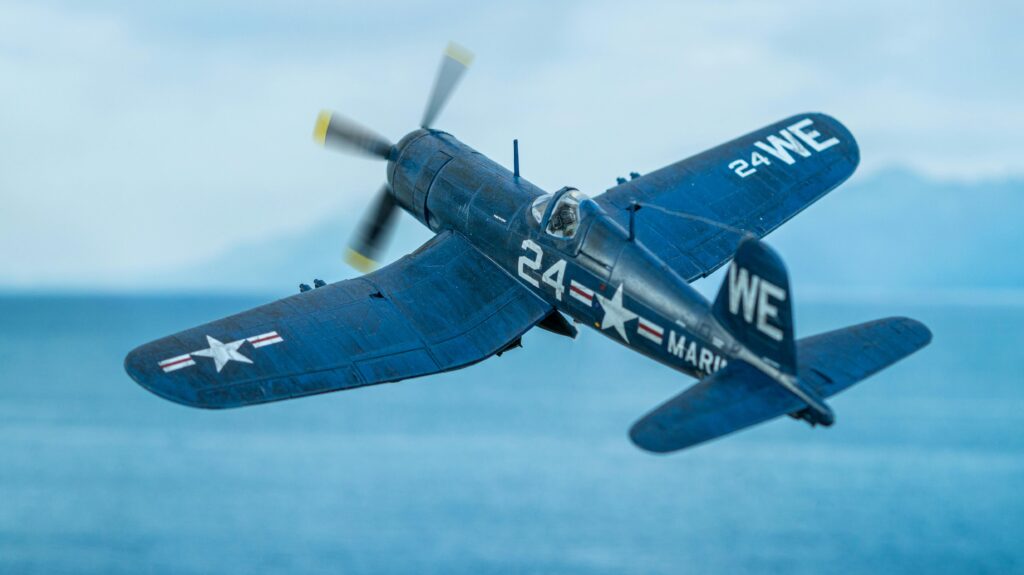Drones have transformed modern technology and society—from military applications to civilian uses in photography, agriculture, and beyond. Understanding the history of drones not only unveils the origins of drone technology but also highlights how decades of innovation have shaped what we now call unmanned aerial vehicles (UAVs). In this blog post, we explore the evolution of drones, the early drone inventions, and the milestones that mark the history of unmanned aerial vehicles (UAVs).
The Dawn of Unmanned Flight
The concept of remote-controlled flight can be traced back to experiments in the early 20th century. Early innovators, often regarded as drone pioneers, sought to harness radio control and automation to build aircraft that could fly without a pilot on board. These initial experiments, conducted during and shortly after World War I, laid the groundwork for unmanned flight history.
The desire to develop an aircraft that could be controlled remotely eventually led to several prototypes. Although many early designs were rudimentary, they established the fundamental principles of guidance and control that have driven historical UAV innovations.
The early 20th century saw pioneering efforts in unmanned flight, with innovations such as the Kettering Bug—a guided bomb developed during World War I—which laid the foundation for future UAV technology. These early concepts were precursors to later models like the Radioplane OQ‑2, which further demonstrated the viability of remote-controlled aircraft.
Military Drone Development: From Concept to Combat
During World War II and the ensuing Cold War, the military became a key driver behind military drone development. Governments and defence agencies sought to use unmanned systems for reconnaissance and target practice, minimising risk to human pilots. Pioneering projects, such as the development of remotely piloted aircraft, helped refine the technology and proved the concept of UAVs in combat zones.
These early military efforts not only demonstrated the potential of drones but also spurred drone technology breakthroughs that would later be adapted for civilian use. The work done during this period represents a critical chapter in the invention of drones and is an essential part of the history of drones.
Civilian Drone Evolution: From Military Tech to Everyday Use
As the technology matured, the innovations initially developed for military purposes began to be repurposed for civilian applications. The civilian drone evolution is a story of adapting complex, military-grade systems into compact, accessible devices. Today, drones are used for aerial photography, surveying, agriculture, and even delivery services.
This phase of drone technology breakthroughs is marked by the rise of commercial manufacturers who refined the design, improved flight stability, and integrated advanced sensors and cameras. The transition from military to consumer markets is a fascinating chapter in the evolution of drones, underscoring the versatility and transformative potential of unmanned flight.
Key Milestones and Innovations
Throughout the decades, several milestones have defined the evolution of drones:
- Early Drone Inventions: The first remote-controlled aircraft experiments in the early 1900s set the stage for all subsequent developments.
- Unmanned Flight History: World War II and Cold War innovations led to increasingly sophisticated UAV designs.
- Military Drone Development: The integration of UAVs into military operations demonstrated the strategic value of drones.
- Drone Technology Breakthroughs: As microelectronics, GPS, and sensor technology advanced, so too did the capabilities of both military and civilian drones.
- Historical UAV Innovations: Key breakthroughs include the development of autopilot systems, real-time video transmission, and robust flight control algorithms—all of which have paved the way for modern drone applications.
The Impact of Drone Pioneers
The efforts of early inventors and drone pioneers have had a lasting impact on how drones are designed, built, and deployed. Their relentless pursuit of innovation led to a better understanding of the invention of drones, enabling further research and development that continue to push the boundaries of what unmanned aerial vehicles can achieve.
Looking Ahead: The Future of Unmanned Aerial Vehicles
The history of unmanned aerial vehicles (UAVs) is far from over. As new technologies such as artificial intelligence, machine learning, and improved battery systems emerge, the next generation of drones will undoubtedly offer even more advanced capabilities. From autonomous flight paths to improved collision avoidance systems, the future promises to build on the solid foundation of early drone inventions and drone technology breakthroughs.
Conclusion
The journey through the history of drones reveals a fascinating evolution—from the first early drone inventions and experiments in unmanned flight history to the sophisticated systems used by militaries and civilians today. The transformation in military drone development has led directly to the civilian drone evolution we witness now. As we celebrate these historical UAV innovations, it is clear that the pioneering work of early innovators continues to influence the design and capabilities of modern drones.
In exploring the origins of drone technology and tracking the evolution of drones, we gain a deeper appreciation for how far these devices have come and the tremendous potential they hold for the future.


